Carbon Emmions From From 4 Lb Beef
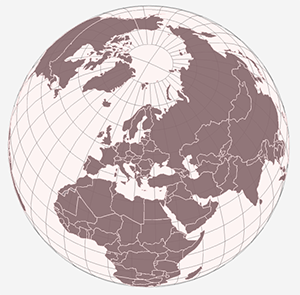
Global
The EAT-Lancet Commission finds that, at a global scale, consumption of red meat is currently much higher than what it considers to be healthy and sustainable.
The proportion of meat in the global diet is currently around three times higher than recommended by the EAT-Lancet's planetary health diet.
The global consumption of eggs is also at a level that is considered to be neither healthy nor sustainable.
By contrast, the world's consumption of legumes (pulses and beans), whole grains and nuts is far below what is required for a healthy and sustainable diet.
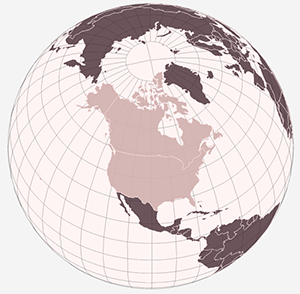
North America
North America's red meat consumption far exceeds that of any other world region – and is more than six times higher than the level recommended by the EAT-Lancet's planetary health diet.
North America also consumes more eggs, dairy and poultry than any other world region and would need to reduce intake of all these products in order to meet the requirements for a healthy and sustainable diet.
By contrast, it ranks joint lowest in the world for consumption of whole grains, such as bulgur wheat, oatmeal and brown rice.
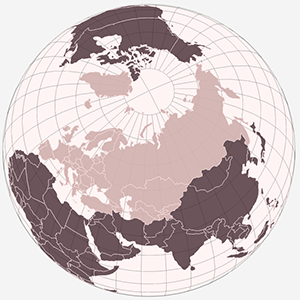
Europe & Central Asia
Europe and Central Asia rank second in the world for red meat consumption, exceeding the level needed for a healthy and sustainable diet by more than four times.
The region also consumes an unsustainable amount of eggs, dairy and poultry – but to a lesser extent than North America.
It is the world's second largest fish and seafood consumer.
The region ranks joint lowest in the world for consumption of whole grains alongside North America.
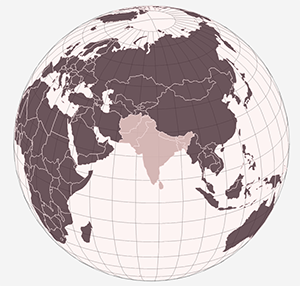
South Asia
South Asia currently ranks lowest in the world for red meat consumption and could sustainably have a diet made up of almost twice as much red meat, according to EAT-Lancet.
It also eats the least poultry out of any world region.
By contrast, it ranks second in the world for consumption of legumes (pulses and beans) and also ranks highly for the consumption of whole grains.
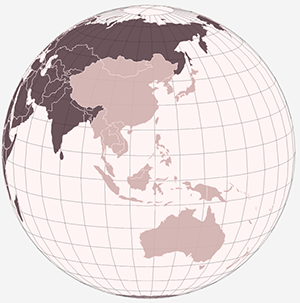
East Asia & Pacific
The East Asia and Pacific region is the world's largest fish and seafood consumer, eating a higher proportion of these products than is considered sustainable by EAT-Lancet's planetary health diet.
The region also eats more red meat and eggs than is considered to be sustainable and healthy.
If it were to meet the conditions of the planetary health diet, it would need to boost its dietary share of fruit, legumes, wholegrains and nuts.
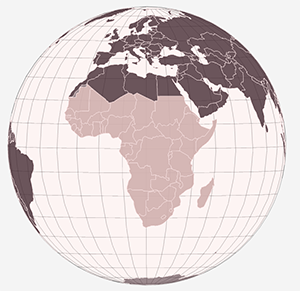
Sub-Saharan Africa
Sub-Saharan Africa eats the highest proportion of starchy vegetables such as potatoes, cassava and plantain.
Economic limitations permitting, if it were to meet the EAT-Lancet's requirements for a healthy and sustainable diet, it would need to reduce its reliance on starchy vegetables in favour of other fresh vegetables, whole grains and legumes.
However, the proportion of red meat in sub-Saharan Africa's average diet is considered to be sustainable and healthy.
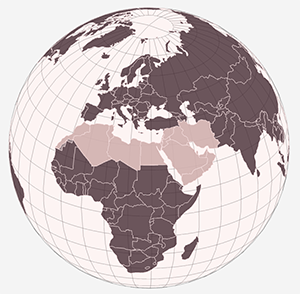
Middle East & North Africa
Middle East and North Africa is the only region to meet the EAT-Lancet's recommended vegetable intake.
However, it would need to up its consumption of fruit, whole grains and nuts, and reduce its consumption of red meat, eggs and poultry, if it is to achieve what EAT-Lancet considers to be a fully sustainable and healthy diet.
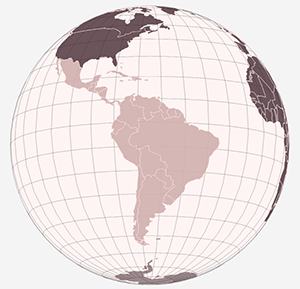
Latin America & Caribbean
Latin America and the Caribbean ranks third for red meat consumption, exceeding the level needed for a healthy and sustainable diet by a factor of four.
The region also eats around four times the amount of starchy vegetables than is recommended for a healthy and sustainable diet by the EAT-Lancet.
However, it ranks first in the world for the consumption of whole grains.
Source: https://interactive.carbonbrief.org/what-is-the-climate-impact-of-eating-meat-and-dairy/
0 Response to "Carbon Emmions From From 4 Lb Beef"
Post a Comment